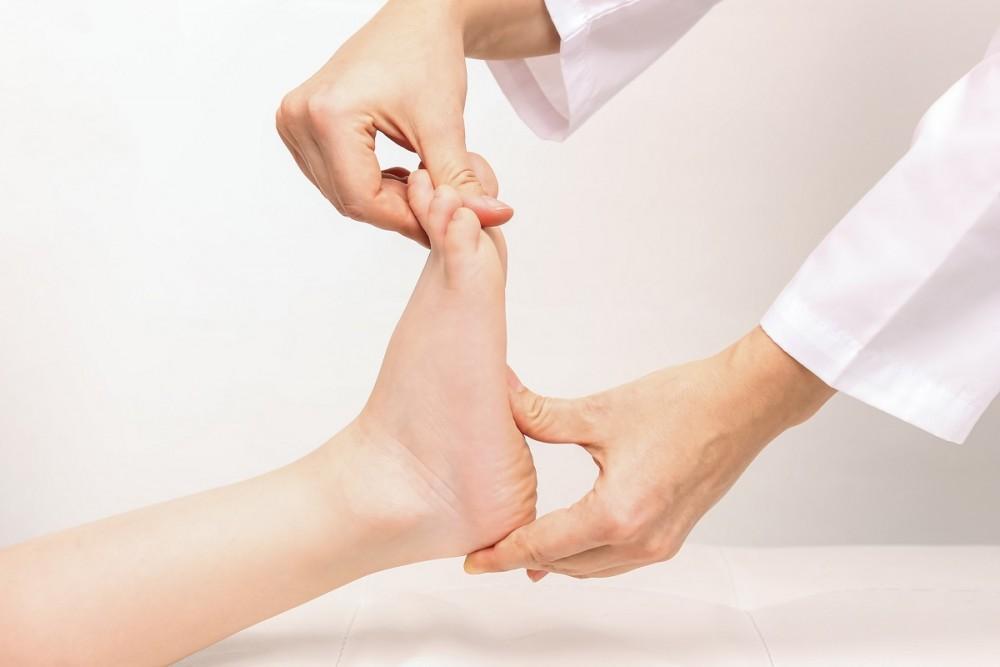What are the symptoms of high arches?
While everyone is different, and symptoms of high arches can vary, these are some common ones to look out for:
- Foot pain while walking
- Trouble finding shoes that fit properly
- Inward-tilting heel
- Toes bent when standing
You may also notice corns or calluses on the balls of your feet or on your heels. In addition, having high arches can cause so much pain that it can be disabling and affect your quality of life.
What causes high arches?
Some people are just born with naturally high arches, but they can sometimes be the symptoms of an underlying neurological disorder, such as:
- Cerebral palsy
- Muscular dystrophy
- Spina bifida
- Polio
- Stroke
Finding out the cause of your high arches is the key to proper treatment. If your high arches are due to a neurological condition, it’s likely to worsen over time. However, if they’re a result of genetics, they may stay the same.
Complications of high arches
Having high arches can lead to a multitude of complications with the health of your feet. High arches can cause the following conditions:
- Metatarsalgia: characterized by painful inflammation in the ball of your foot, aggravated when standing for long periods of time
- Hammertoes: causes your second, third, and fourth toes to bend at the middle joint, giving them a hammer-shaped appearance
- Plantar fasciitis: occurs when the plantar fascia ligament on your foot’s sole becomes inflamed, causing severe heel pain
- Claw toes: when any of your toes curl down into the soles of your feet, making walking difficult
High arches can also cause you to have repeated ankle sprains and even hairline fractures in many of the bones in your affected foot.
Treatment options for high arches
There are a lot of treatment options for high arches, but the goal of any treatment is to stabilize your foot and compensate for any weakness as a result of your high arches.
Some things you can do at home or on your own to care for your high arches include:
- Wearing orthotics or foot pads in your shoes
- Bracing your foot and ankle
- Icing to reduce pain and inflammation
- Wearing night splints
- Taking over-the-counter pain relievers
If these treatments don’t do anything to relieve pain that comes with your high arches, surgery may be the best next step.
If you have high arches and you’re having trouble managing your symptoms, don’t hesitate to contact us for more information on how to treat your pain and inflammation

0 Comments